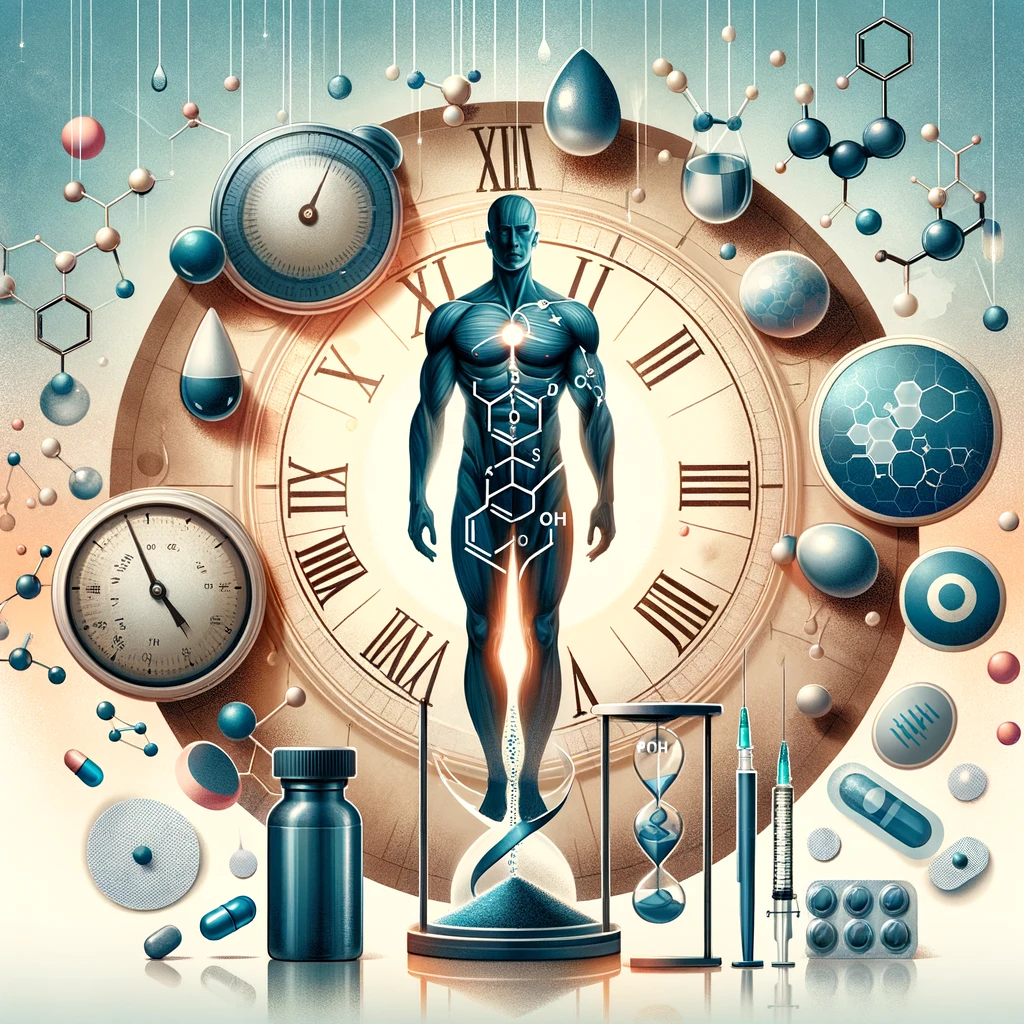Testosterone Replacement Therapy (TRT) is a medical treatment intended to replace or supplement the testosterone levels in men who have low testosterone due to various reasons, such as hypogonadism or aging. While TRT can improve symptoms related to low testosterone levels, such as fatigue, muscle loss, and decreased libido, it’s important to approach the idea of using TRT to “become younger” with caution.
The concept of using Testosterone Replacement Therapy as an anti-aging treatment is a topic of ongoing debate and research. Some proponents believe that restoring testosterone levels to those typical of younger men can help mitigate some effects of aging. However, it’s essential to understand that TRT is not a “fountain of youth” and carries potential risks and side effects.
### Dosage and Administration
The dosage of testosterone in TRT varies from person to person and depends on the individual’s blood testosterone levels, symptoms, and overall health profile. TRT can be administered through injections, topical gels, patches, or pellets implanted under the skin. The goal is to achieve and maintain testosterone levels within the normal range for adult men, which typically requires regular monitoring by a healthcare provider.
### Risks and Considerations
– **Side Effects:** Testosterone Replacement Therapy can lead to side effects such as acne, sleep apnea, enlarged breasts, testicular shrinkage, and increased red blood cell count, which can increase the risk of clotting.
– **Prostate Health:** There is concern about the impact of TRT on prostate health, including the risk of stimulating the growth of existing prostate cancer. Men undergoing TRT require regular prostate screenings.
– **Cardiovascular Health:** Some studies have raised concerns about the potential for TRT to increase the risk of heart attack and stroke, though the evidence is mixed and further research is needed.
### Monitoring and Management
– **Regular Check-ups:** Individuals on Testosterone Replacement Therapy need regular follow-up appointments with their healthcare provider to monitor testosterone levels, hematocrit (to check for polycythemia), lipid profiles, liver function, and prostate health.
– **Lifestyle Changes:** Alongside Testosterone Replacement Therapy, maintaining a healthy lifestyle, including regular exercise, a balanced diet, and managing stress, can help improve symptoms associated with low testosterone and overall well-being.
### Conclusion
While TRT can help alleviate symptoms of low testosterone for many men, using it specifically with the aim of reversing aging should be approached with caution and under the guidance of a healthcare professional. It’s crucial to weigh the benefits against the potential risks and side effects. Always consult with a qualified healthcare provider to discuss whether TRT is appropriate for you and how to manage its use safely.

